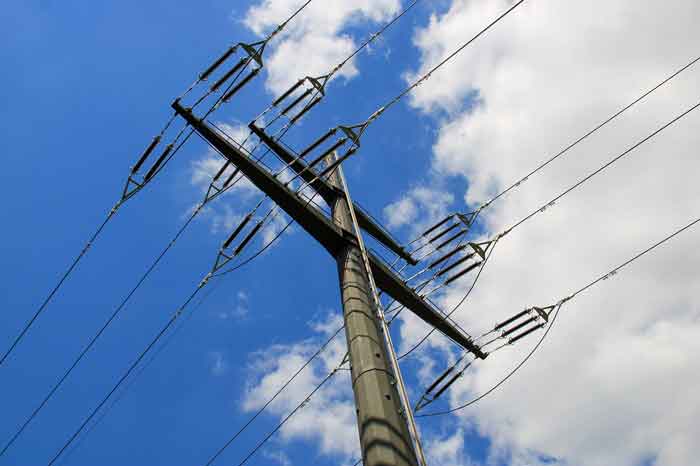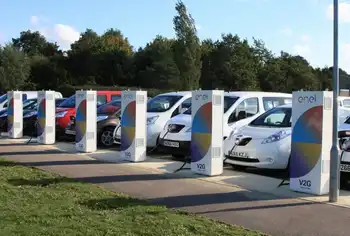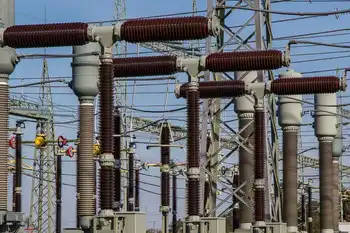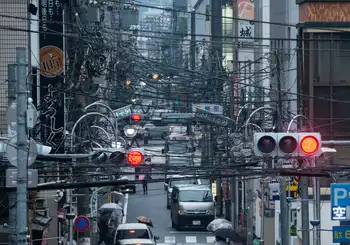New light bulb standards now in effect
BRITISH COLUMBIA - The New Year comes with resolve to make changes for the better and for those who made a resolution to be greener consumers, the recent changes to light bulb standards will be helpful in seeing it through.
Effective January 1, new regulations were set for energy efficient alternatives to 75 and100 Watt incandescent light bulbs, which will still be available on store shelves until retailers run out.
Bulbs in 40 and 60 Watts will remain available until December 31, 2012 when the second phase of the province's general service lighting regulations are put in place.
Consumers have been willingly moving away from incandescents over the last few years toward more efficient bulbs such as compact fluorescent light bulbs – more commonly called CFLs.
According to the Ministry of Energy, more than seven million CFL bulbs are sold in B.C. every year, and 78 per cent of B.C. homes are already using CFLs.
Oscar Ceron, Power Smart Residential Lighting Program Manager for BC Hydro affirmed that information.
"In B.C., we've done a good job of adopting the CFLs over the years," he said noting that the province is leading the country in adopting the CFL technology.
"About 80 per cent of the homes in B.C. have CFLs in them. It's quite high."
Ceron said looking back to 2001, only 20 per cent of homes in B.C. were using CFLs.
"That's pretty impressive numbers compared to the rest of Canada, if not the rest of North America," he said.
Although CFL bulbs cost more than incandescent bulbs — ranging from $3 to $10 on average — it doesn't take long for CFLs to pay for themselves, Ceron said.
"While the upfront cost is more for CFLs, your lifetime cost you will certainly save energy and money by making that switch."
Ceron explained that CFL bulbs use up to 75 per cent less energy and last up to 10 times longer than an incandescent bulb, which saves money on electric bills and on having to replace bulbs more often.
"If you take a 75 Watt incandescent and then you replace that with a CFL equivalent, during the entire life cycle of that usage and the cost of replacements for incandescents... the savings you'll have on your energy bill could be upwards of $35 in savings in a lifetime," he said.
Because CFLs last up to 10 times longer – approximately 10,000 hours versus 1,000 with incandescent – one need only buy a single CFL for every 10 incandescent bulbs.
"You're typical incandescent will be about 1,000 [hours], so you're having to buy anywhere from eight to 10 times as many to the cost of CFLs, Ceron pointed out.
He added that consumers should look for bulbs that have an Energy Star rating as it represents certain criteria for performance, durability and quality.
New technology rarely comes without some debate over its actual benefits, and CFL bulbs are no exception.
Many consumers have been wary to buy into CFL technology because of its mercury content.
Ceron addressed the issue stating that health risks with mercury in CFLs are a long-standing myth.
"We certainly acknowledge the there is mercury in CFLs – it's necessary to operate the actual product," he said. "But when you put it in perspective with other products that you use in your day-to-day lives, like your watch battery, will contain five times as much mercury as a CFL a thermometer that you have inside your home is the equivalent to about 100 to 400 times the amount of mercury that you have in a CFL."
Ceron went on to say that by putting CFLs into perspective, even in the highly unlikely case of breakage, there is no real health issue or risk with CFL bulbs.
B.C.'s Clean Energy Act calls for BC Hydro to reduce its expected increase in electricity demand by 66 per cent by 2020.
Ceron said the new bulb regulations should support BC Hydro in meeting those targets.
"We know that specifically through the lighting products such as Energy Star CFLs, or even down the road with LED products we know that's going to help in supporting that act," he said.
The light bulb standards also lead up to the federal government's national light bulb efficiency standards, which will apply to most wattage levels sold across the country in 2012.
Several specialty products are exempted from the B.C. and federal standards that include, bulbs for appliances, such as ranges, as well as coloured, infrared, plant and submersible lamps, traffic lights and a series of other specialty bulbs.
Related News

Trump's Proposal on Ukraine's Nuclear Plants Sparks Controversy
KYIV - In the midst of the ongoing conflict between Russia and Ukraine, U.S. President Donald Trump has proposed a controversial idea: Ukraine should give its nuclear power plants to the United States for safekeeping and management. This suggestion came during a phone call with Ukrainian President Volodymyr Zelenskyy, wherein Trump expressed the belief that American ownership of these nuclear plants could offer them the best protection amid the ongoing war. But Kyiv, while open to foreign support, has firmly rejected the idea of transferring ownership, especially as the Zaporizhzhia nuclear plant remains under Russian occupation.
Ukraine’s nuclear energy infrastructure…




